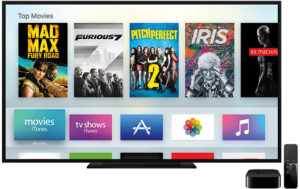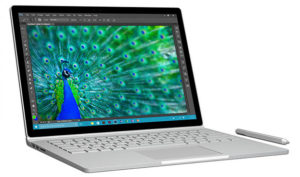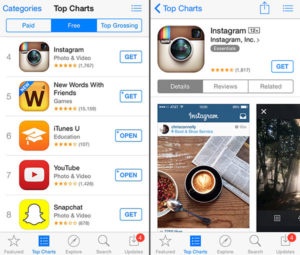
Rather than focusing on the relatively expensive and storage-shy all-flash hard drive movement, Seagate Technology is taking an intermediary step to mass produce a new line of hybrid hard drives — the Momentus 5400 PSD (Power Savings Drive). The new drives combine both flash-based memory with traditional disc drives to offer a combination of benefits.
Traditional disc drives for laptops tend to offer large storage capacities — 120 GB and 160 GB drives are now common. However, all that disc-based storage can suck laptop batteries dry.
“For notebooks, one of the severe battery power drains is the boot-up process — because you’re basically starting the drive from scratch and bringing it up to full speed,” Charles King, principal analyst for Pund-IT, told TechNewsWorld.
“There’s some tricks to avoid that, like putting your laptop into sleep or hibernation mode … but people generally feel it’s better to power the system all the way down,” he explained.
Energy Efficiency
The new Momentus 5400 PSD hard drive uses non-volatile cache, or flash memory, Seagate says, to cost-effectively deliver the benefits of solid-state drives (SSDs). The Momentus hard drive places commonly used hard drive data onto a 256 MB flash memory drive to enable a faster boot-up. The hybrid hard drives load boot-up files on the flash memory to minimize the delay in getting a traditional laptop’s hard drive discs spinning up to speed.
Once the larger drive spins up, Seagate notes, computer files are pulled from the spinning media and the flash at the same time. While in hybrid mode, the hard drive’s spindle motors can also spin down, which reduces drive’s power requirements.
The net result, Seagate says, is that the Momentus 5400 PSD can reduce hard disc drive power draw by up to 50 percent.
Better Performance?
Hybrid hard drives promise to provide faster access to laptop data, but the process is highly dependent on an operating system’s ability to utilize the hybrid drive to its full potential. Microsoft Windows Vista’s ReadyDrive technology, for instance, uses Vista Superfetch to analyze computer usage patterns to store frequently accessed data in the flash memory and in turn shorten the system’s response time.
“I see this as more of a transitional product. There may be a day when, especially for notebook computers, that they’ll move to entirely flash drives, but given the cost of flash right now, that day is a couple of years away at least,” King said. Even though there are other all-flash drives available now, they tend to cost significantly more than traditional drives — and with less total storage.
A Step Ahead?
Laptops that use completely solid-state hard drives are available on the market now, but they focus on the high end. For example, a Dell Latitude D430 with a 32 GB solid-state hard drive starts at US$2,199 direct from Dell, and based on all the of the possible configurations available in Dell laptops, a customer pretty much has to know what to look for to even find the D430 with the SSD option. Also, 32 GB isn’t much storage to work with relative to the 160 GB traditional drives found on much cheaper machines.
SanDisk, which makes SSD flash drives, announced a new 64 GB drive in both 1.8- and 2.5-inch form factors this summer. The company plans to start mass production before the end of this year.



















































